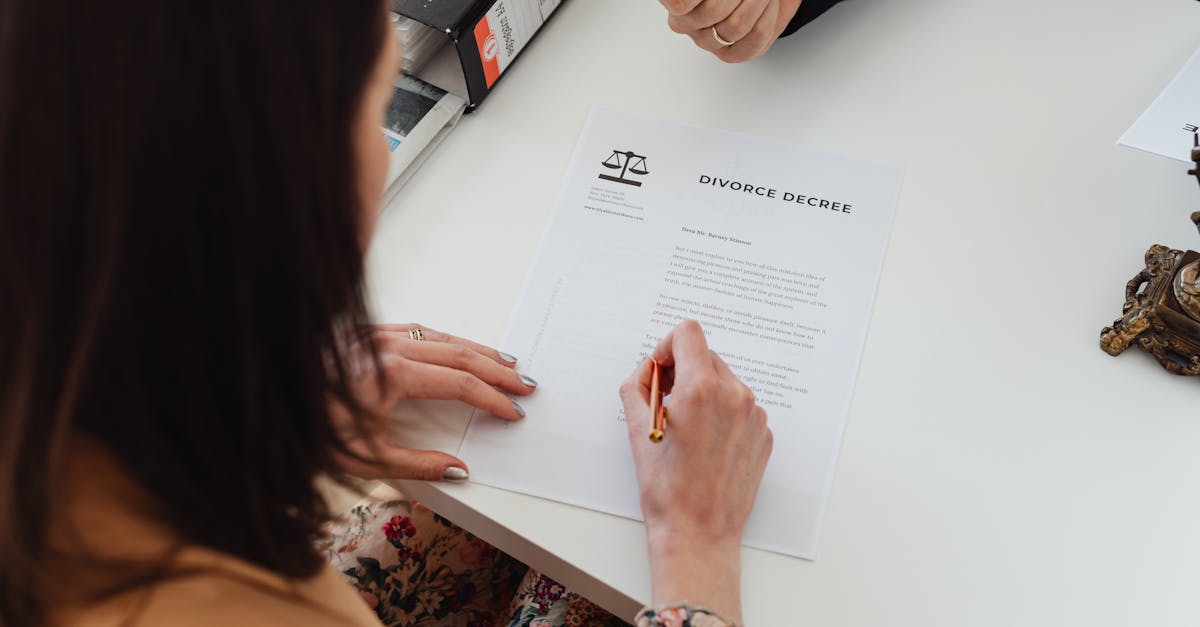Relieve Stress With Desk Top Games
Desktop games can be a great way to relieve stress during your workday, offering a quick and enjoyable escape from the pressures of deadlines and distractions. Games like Desktop Destroyer and Online Paintball provide high-energy fun similar to physical activities, while brain-teasers such as Sudoku, crossword puzzles, and Solitaire help sharpen your focus and provide a mental break. These games allow you to disconnect from work stress for a few minutes, helping improve your mood and productivity. Unlike physical exercise, desktop games require no special attire or extensive time commitment, making them a convenient and effective stress-relief tool right at your desk.


























